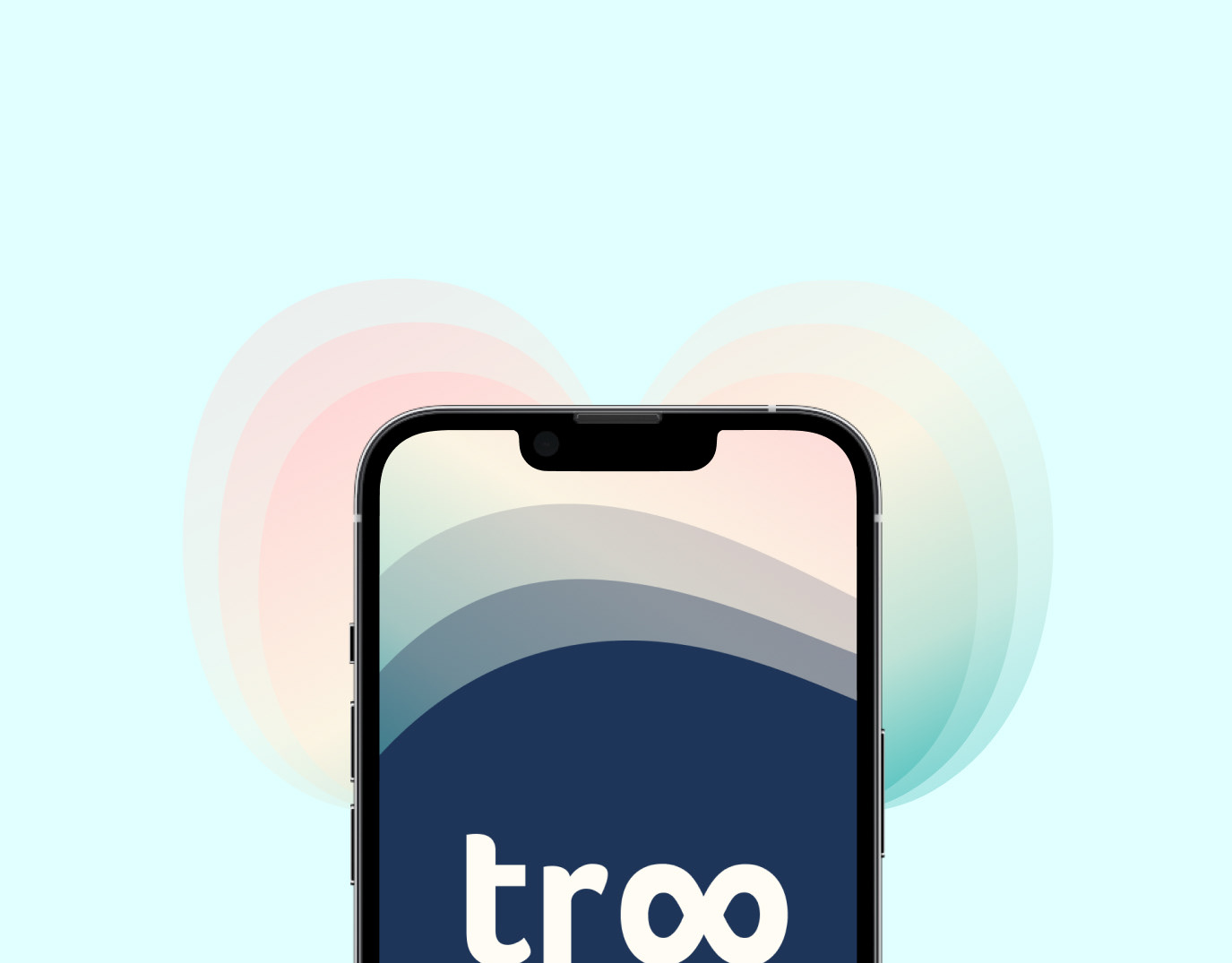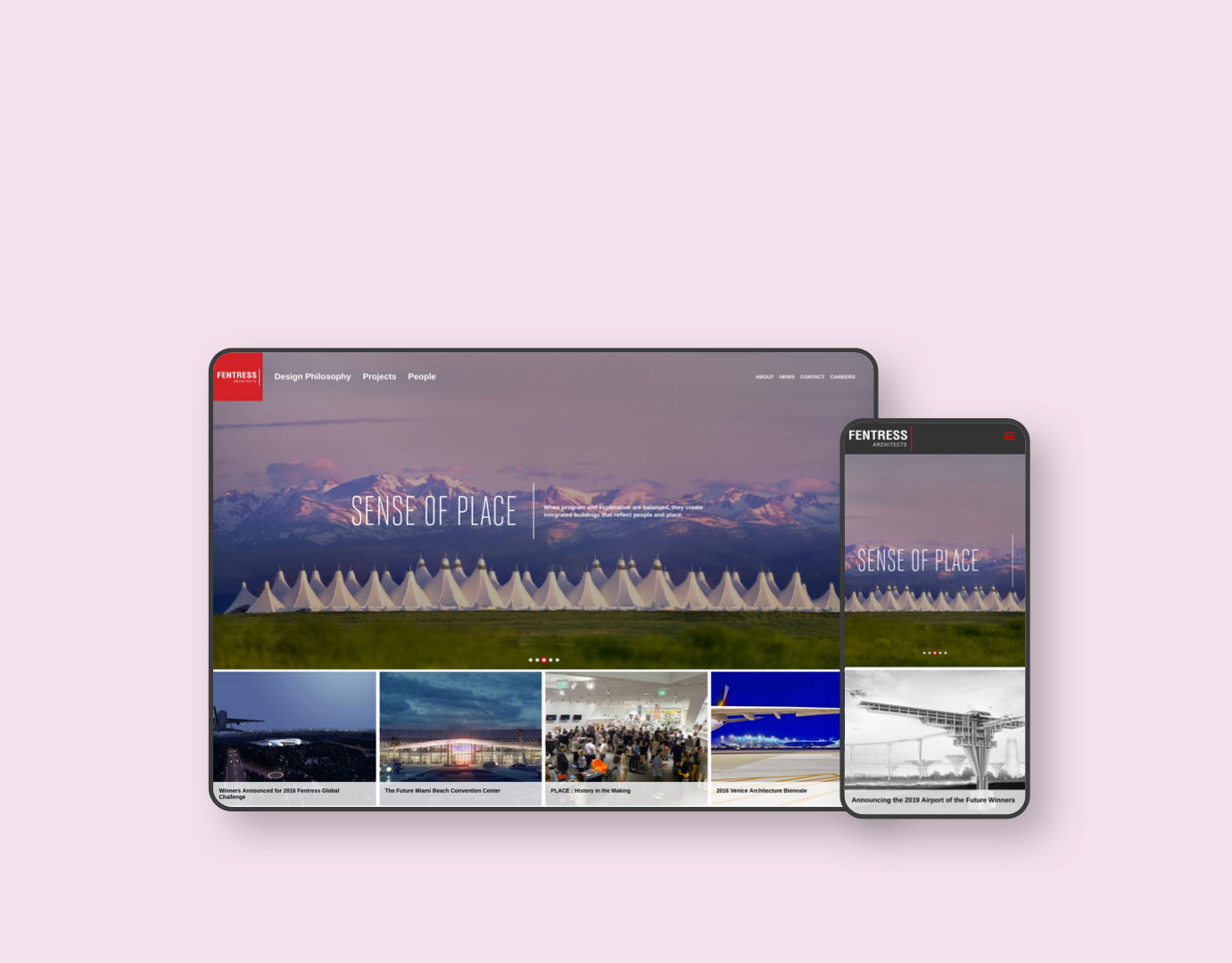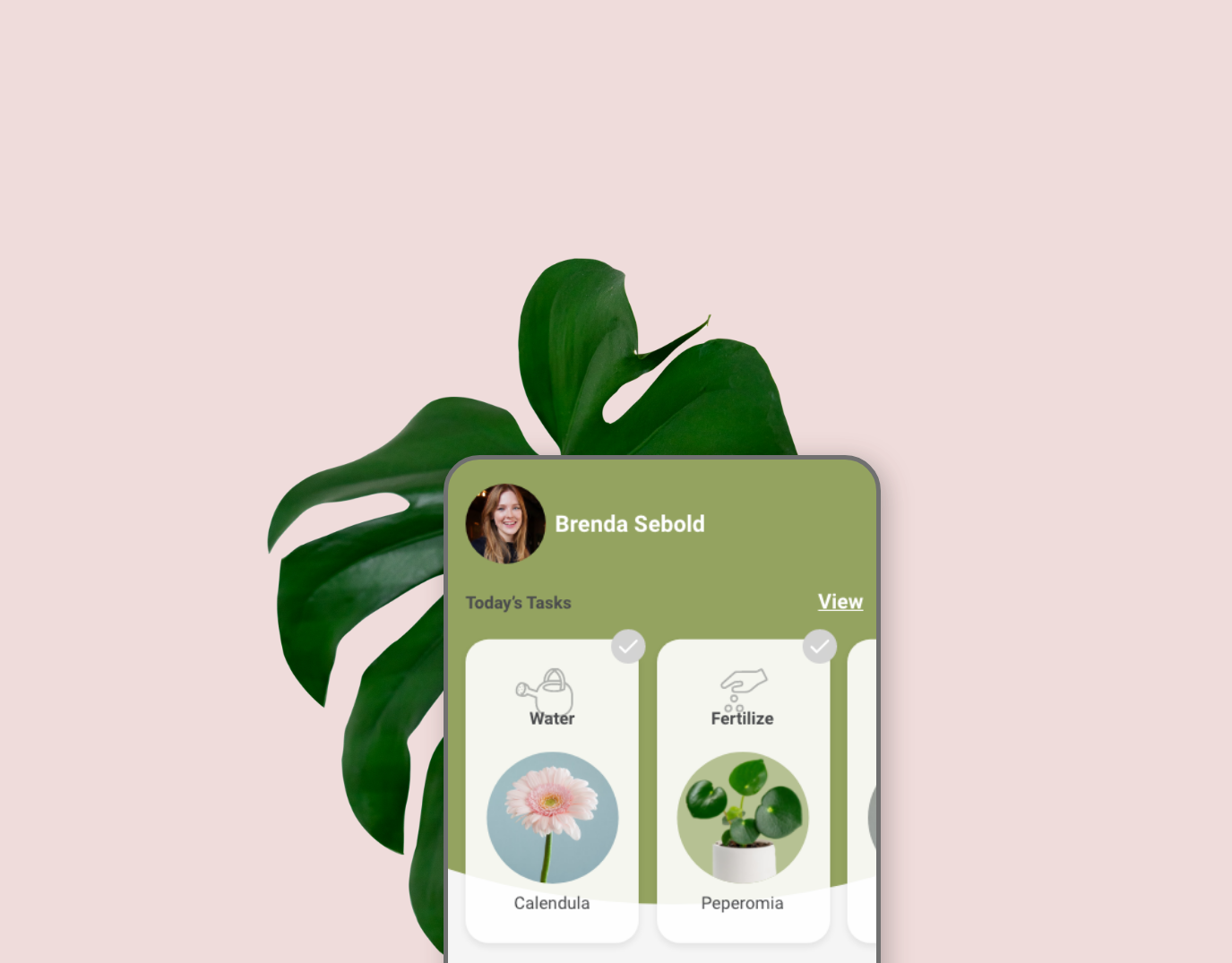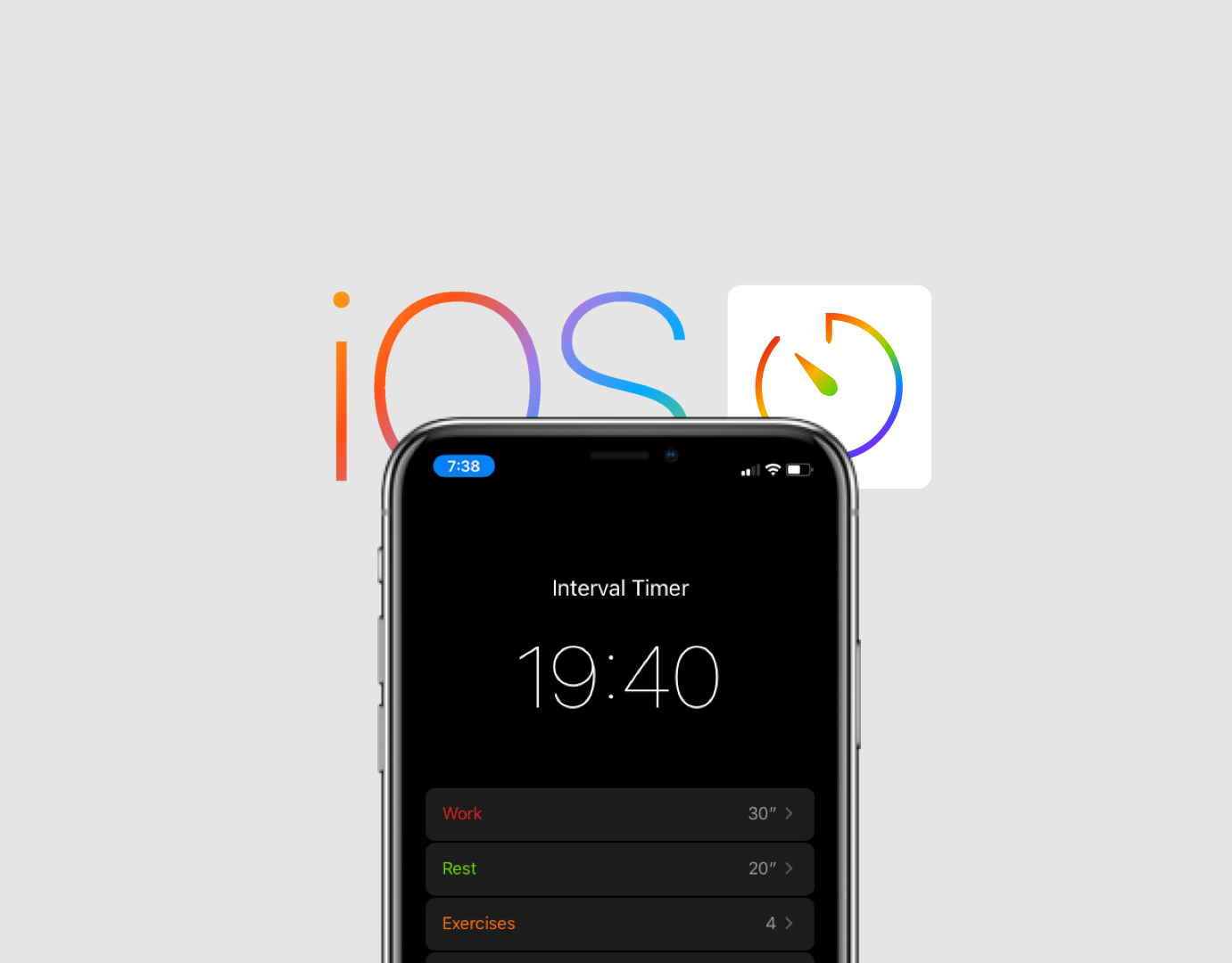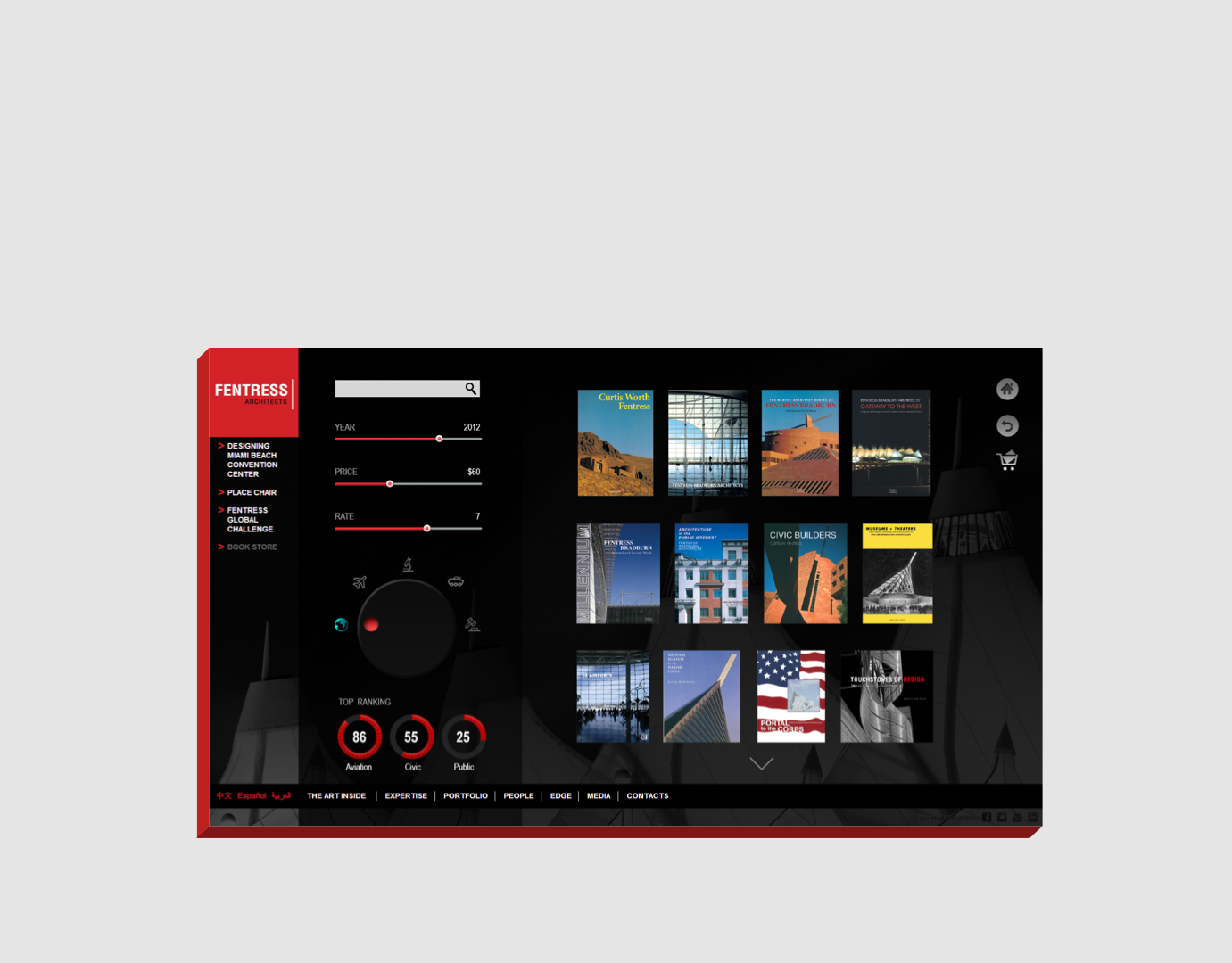Project
INTRODUCTION
WeChat was the most popular instant messaging app taking 82% market share in mainland China. However, its users were experiencing confusion and problems while texting. For example, its emoji features partially overlap with the iOS keyboard; the time of recall message feature is too short, etc. I ran a 4-week design sprint and eventually designed and created a prototype to improve the user texting experience for the WeChat mobile app.
TYPE
Individual Project
DURATION
4 weeks
MY ROLE
Research, Persona, Journey Map,
Ideation, Wireframe
Project
Research
I wrote a questionnaire with a series of qualitative and qualitative questions which were focusing on the texting experience and problems on WeChat. Then, based on these questions, I chatted with three users who were primarily using WeChat for SMS communication. They are in between 30-45 years old, male and female, single, and family.
Affinity
Map
After the chats, I wrote down all the answers on sticky notes and grouped them on a wall to make the affinity map to find out the problems.
Project
Persona
Journey
Map
Project
Findings
WeChat has become one of the primary communication tools for business users between the U.S. and China. Since they have a tight daily schedule and the time difference between the U.S. and China, users require some new features to improve their massaging experience.
Pain
Points
• No return key that causes the user can not text a second paragraph.
• Input space is small on a small screen size smartphone.
• User cannot schedule a message to be sent.
• The time limit of the recall function is too short.
• Input space is small on a small screen size smartphone.
• User cannot schedule a message to be sent.
• The time limit of the recall function is too short.
DEfine
Problems
Ideation
Method
I used the SCAMPER method to inspire all the possible ideas and solutions. SCAMPER refers to a series of thought sparkers or provocations that help a designer to innovate on an existing product, service, or situation by looking through different lenses. There are seven provocation lenses in the SCAMPER method: Substitute, Combine, Adapt, Modify (Also magnify and minify), Put to another use, Eliminate, and Reverse.
Paper
Prototype
I drew all possible ideas on paper prototypes, then cut and assembled them to figure out the user flow for the final design solution.
Design
Solution
Reflection &
Next Step
I reviewed the project and process. First, I thought the research samples were too small leading the results that focused more on the needs of business users. Second, I should conduct a user test for the paper prototype that might optimize some features. Finally, I realized WeChat has been launched for many years, and the new features need to be introduced to users and allow them to take time to learn about them.
In the next step work, I will expand research coverage. The next iteration of research will include more personal users. I will balance the requirements for different user groups. Furthermore, the new features will be introduced by an animated intro while the app opens.
